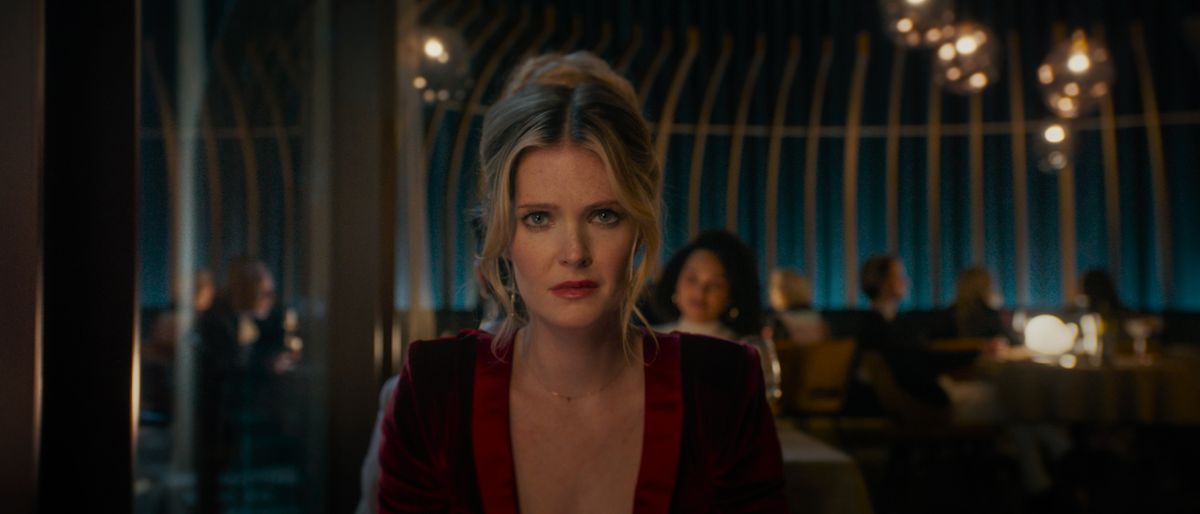
It’s excessive time for a jolly vacation with Mary; at the very least, that’s the ambition of Mary Poppins Returns, because it strives for the unique’s magical qualities, however falls brief in methods which are arduous to miss.
In the 1964 Mary Poppins—based mostly on the e-book by P.L. Travers—Julie Andrews sang and danced her method into youngsters’s hearts because the magical nanny. With an authoritative parenting type, she was as agency as a military normal, but mild and type with the Banks youngsters.
Now, the kids are grown adults. Michael (Ben Whishaw) has a household of his personal, who he’s elevating in his childhood house at 17 Cherry Tree Lane. His sister Jane (Emily Mortimer), then again, continues to be single, whereas Michael has suffered the lack of his spouse. Along with the monetary pressure of The Great Slump within the 1930s, he and his three youngsters are in determined want of saving.
Enter Mary Poppins. Played by Emily Blunt, the incredible nanny returns to lend a much-needed serving to hand to the Banks household. But there’s one thing that isn’t fairly proper about Mary Poppins’ new incarnation. Blunt makes an admirable try and recapture and evoke Andrews’ outstanding efficiency—gigantic sneakers to fill, to make sure. Part of Mary Poppins’ character is her sharp tongue and stern demeanor, and Blunt conveys this nicely sufficient. However, it’s the kindness that belies Poppins’ nearly noble mien that’s lacking. In Andrews’ efficiency, there’s a kindly look that lingers on her face whilst her prim and exact instructions and gestures convey the world and the kids into environment friendly order. Blunt’s efficiency denies us that figuring out twinkle, and her Mary Poppins arrives with a barely imply edge.
The central attraction of the unique movie was its abundance of iconic tune and dance numbers, like “Spoonful of Sugar” and “Chim Chim Cher-ee.” And who can neglect when Mary Poppins, excessive above the streets of London, marched up a set of stairs fabricated from black chimney smoke?
The sequel delivers far fewer memorable moments or catchy tunes. At instances, songs are quietly woven into the narrative with neither ceremony nor dance, however the movie is at its best when it returns to the spectacle that made the unique so pleasant. When the film hits on the magical mixture of tune, music, and dance, it manages to move viewers into its storybook world. It’s fantastic to see a return to the old school combination of live-action movie and hand-drawn animation, equivalent to when Mary Poppins and firm journey to the Royal Doulton Music Hall.
But the enchanted high quality of the journey is ruined as soon as it transitions into Mary Poppins’ stage efficiency, during which we inexplicably witness her transformation from a correct British nanny right into a sassy burlesque dancer. This tonal dissonance is likely to be defined by the truth that it’s a nightmare (and it’s a nightmare certainly), however the movie may’ve simply accomplished with out it. Rounding out the failures is the climatic Big Ben scene, which manages to take the magic out of turning again time, turning what may’ve be an imaginative second into an engineering train in nuts and bolts.
Ultimately, Mary Poppins Returns takes its dandy time returning to the child-like wonderment and pleasure of its predecessor. Only late into the film does Blunt start to strategy Andrews’ efficiency; and equally, it’s principally within the movie’s closing moments within the park the place viewers are handled to a splendidly colourful, bubbly storybook feeling of pleasure. Given on a regular basis that the film asks of its viewers, it’s arduous to suggest the film when moviegoers can simply watch the unique.
Source


